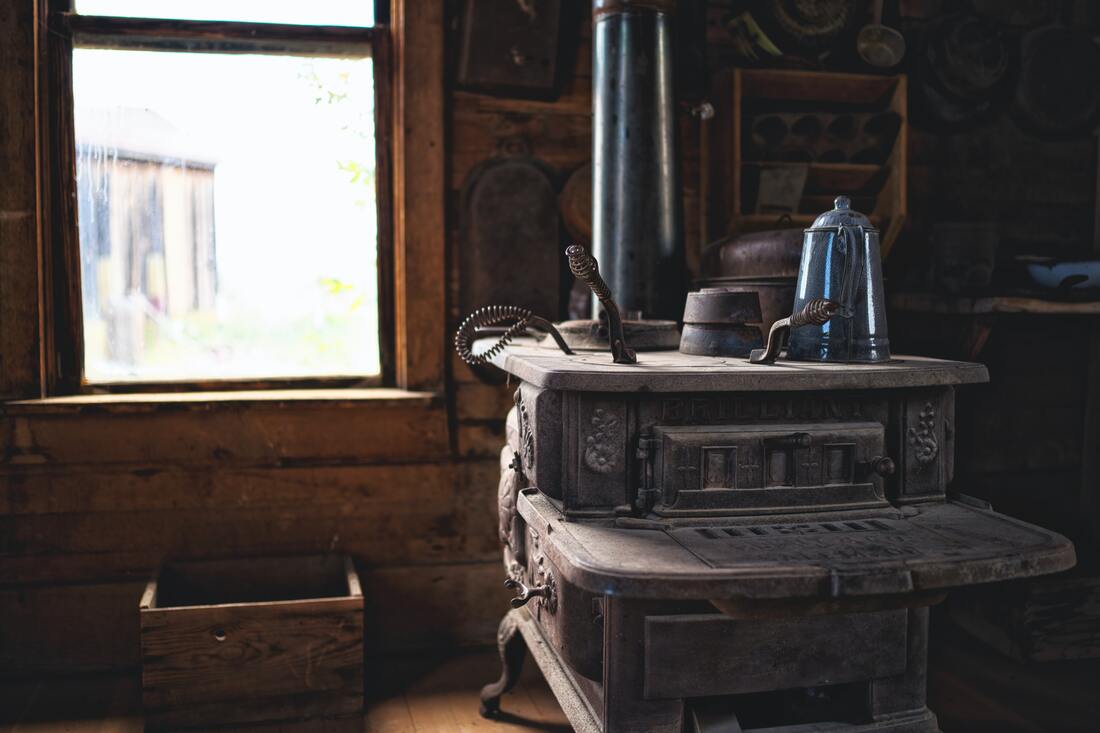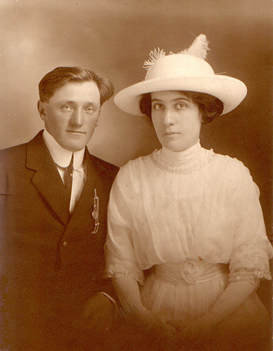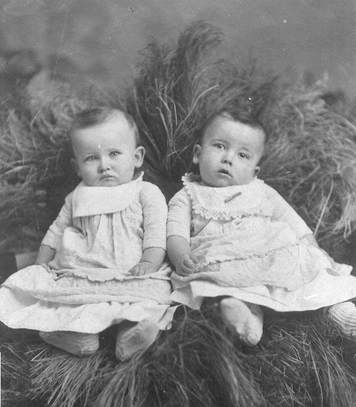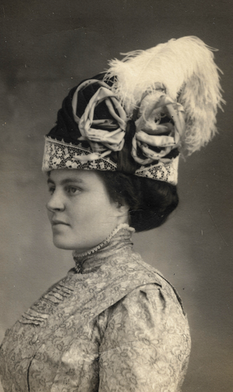 Cast iron stove in an old farmhouse in Fort Rock, OR. Photo by Kevin Butz on Unsplash I recently watched a great PBS show which talked about women homesteaders in the Minnesota, North Dakota, and South Dakota area. Our ancestors were nothing less than remarkable in their determination and persistence to better their lives. Tracking our female ancestors can be a daunting proposition. They are often referred by everything but their entire name: “Mrs.” or “wife of” or “daughter of” with no seeming identity of their own. Who were these women? They were more than their wives, sisters, or daughters. Occasionally we are fortunate to find their full name in marriage records, baptisms, and wills. One place that you might not have considered for your female ancestor is in land records, particularly homestead records. Let’s explore a few ways where your female ancestor might show up. We’ve talked about homestead records in past, but I haven’t mentioned that I have two female ancestors who homesteaded! There are a surprising number of women—especially in the Midwest who struck out to make their land claim. Some were younger women who wanted to try something new and exciting with a friend—head out west and see the world. Others were the children of immigrants who had settled in Wisconsin, Ohio, and Michigan. They chose to follow in their parents’ footsteps and traveled to the Dakotas and Minnesota when land became available.
My two relatives homesteaded for different reasons. One came as a young woman with her widowed father and brothers from Canada. Once in Dakota Territory they all filed homestead claims, farming near each other. Her father noted in his own claim that he was only gone from his claim to help family with their work. And, according to the homestead packet, my great-grandmother’s claim required additional paperwork because of the timing of her US Citizenship submission and her homestead claim. Because of this timing, her paperwork reflects her given name plus her married name. She was a month short of the requirement. There is an interesting note that she had to remain on her claim for that additional month to make everything above par in the paperwork. Did her new husband stay there, or did he have to stay on his claim? That information I haven’t found yet. My other relative who had immigrated from Luxembourg with her husband, children, and other family. When her husband died at forty, she had six children under the age of fourteen to raise in limited resources. The young boys worked at local nurseries and other places to help ends meet. She looked for an opportunity to improve her family’s circumstances. Her sons were not legally old enough to file a homestead claim themselves, so she filed a claim in North Dakota. She moved her family from eastern Minnesota to north central North Dakota. With her young family’s help, they worked the land to prove their claim. Sadly, she died prior to finalizing her claim proof. Fortunately, her eldest son was of age by that time, and he could finalize the paperwork on behalf of her heirs. The family of siblings continued to farm there for several years. Do you have any female homesteaders? Sometimes a wife would find herself a widow at an early age but had children and relatives who were able to help her keep the farm going. Remember to look at newspapers and probate records to learn more—even if she didn’t homestead, she might be running a farm on her own. One relative’s obituary noted: “(She) was a very hard-working woman, taking her share of hardships incident to raising a family of ten children, and assisting in field work. She managed and worked a good many hundred acres of farmland...at the time of her husband’s death, the youngest of the children was two years old, and she then assumed the burden of taking sole charge of the family and estate.” If you have a female relative who homesteaded, read more about women in similar circumstances, understand common obstacles and the importance of neighbors and family. Perhaps you have documented family stories, letters, or diaries that talk about their experience. No one in my family knew about my homesteading women but researching land records uncovered this information. Perhaps you’ll find unexpected stories in your research. Here are books that focus on women homesteaders in the Dakotas and the Midwest. Prairie in Her Heart: Pioneer Women of North Dakota (ND) (Voices of America) – Barbara Witteman Land in Her Own Name: Women as Homesteaders in North Dakota – H. Elaine Lindgren Staking Her Claim: Women Homesteading the West—Marcia Meredith Hensley Women of the Northern Plains: Gender & Settlement on the Homestead Frontier 1870-1930 – Barbara Handy-Marchello I enjoy reading stories about women who homesteaded as well as information about the conditions they faced. It makes me appreciate what my own ancestors accomplished. Here are several sites for you to explore. Homesteading the Plains The Homestead Act – Creating Prosperity in America Women Homesteaders Women Homesteaders - Homestead National Historical Park (U.S. National Park Service) (nps.gov) The Life of Women Homesteaders (adobe.com) The single women who homesteaded the West — High Country News – Know the West (hcn.org) Stitching in Solitude: Women Homesteaders | PieceWork (pieceworkmagazine.com) Prairie Roses & Single-Women Homesteaders: How Did They Thrive? | Prairie Dirt (wordpress.com) Home Alone: Women on the Plains | Coping with Prairie Fever (homestead.org) Homesteading in Oregon (blm.gov) woman homesteader | History in South Dakota (wordpress.com) Enjoy finding more information about the women in your family through homestead and land records. Our ancestors had resilience and determination. Imagine homesteading in boots and skirts! We can honor them by sharing their stories. “We come and go, but the land is always here. And the people who love it and understand it are the people who own it, for a little while.”
0 Comments
Leave a Reply. |
AuthorWith a lifelong passion for genealogy and history, the author enjoys the opportunity to share genealogy tidbits, inspiring others to research and write their family story. Archives
July 2024
Categories |



 RSS Feed
RSS Feed